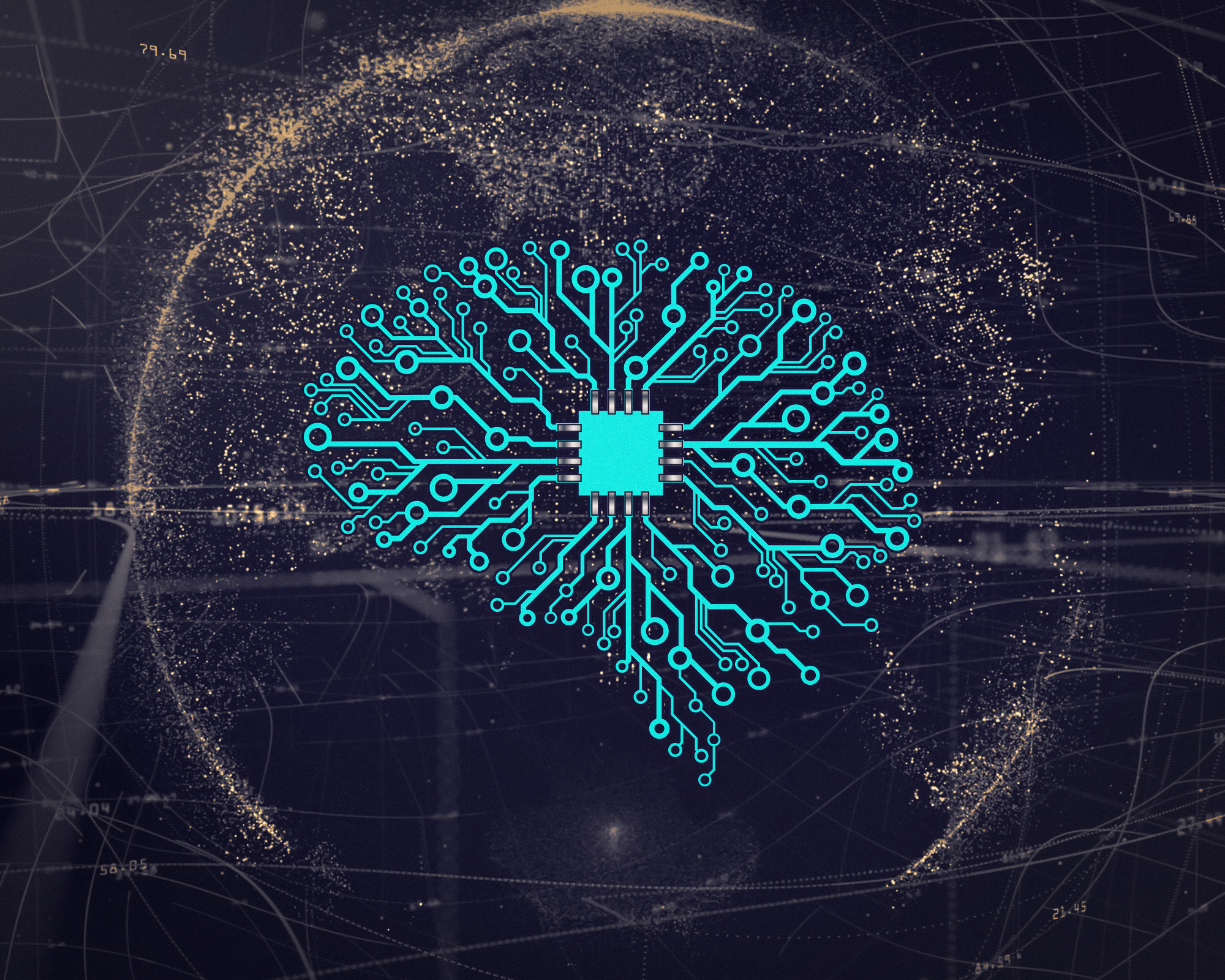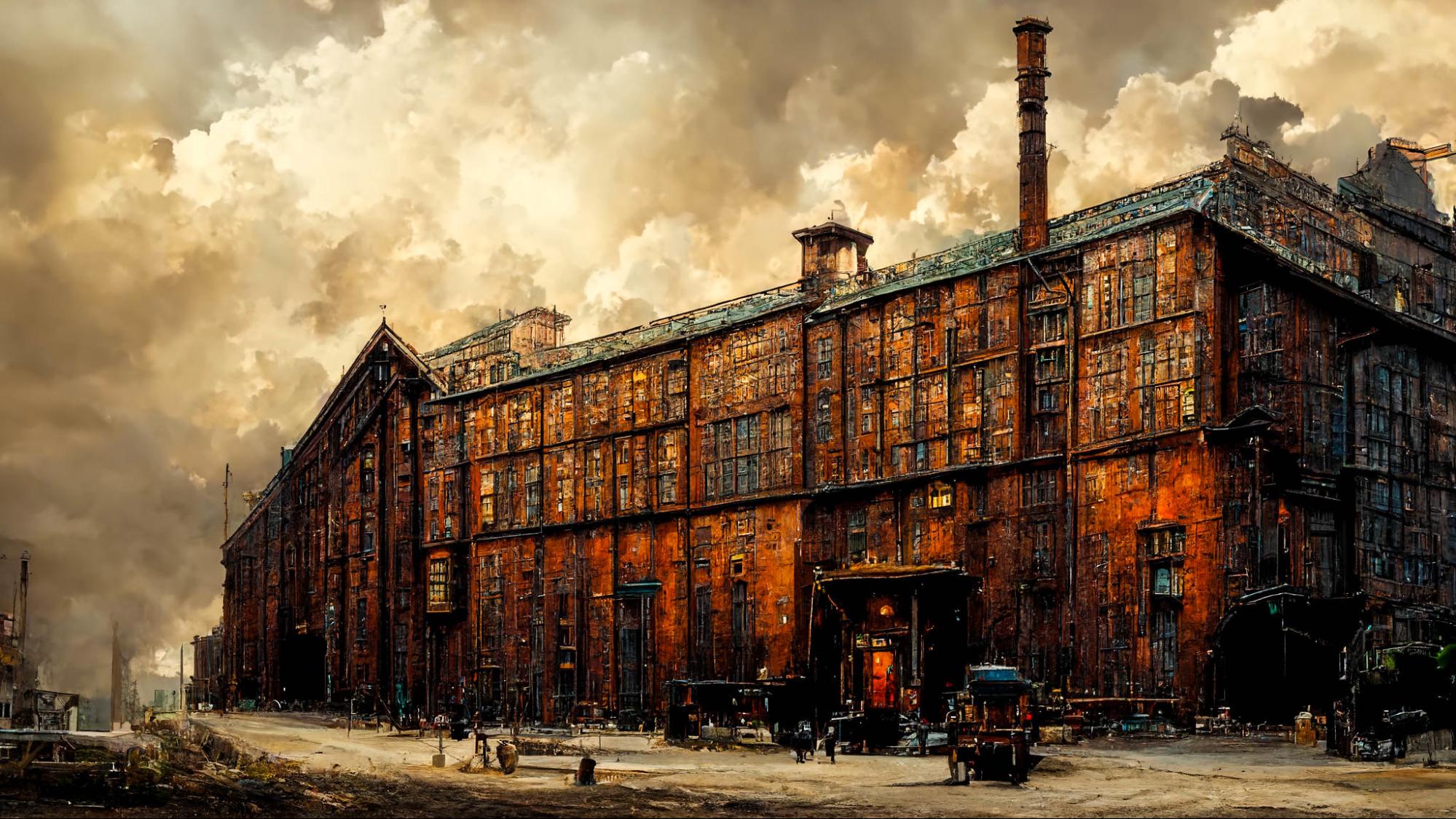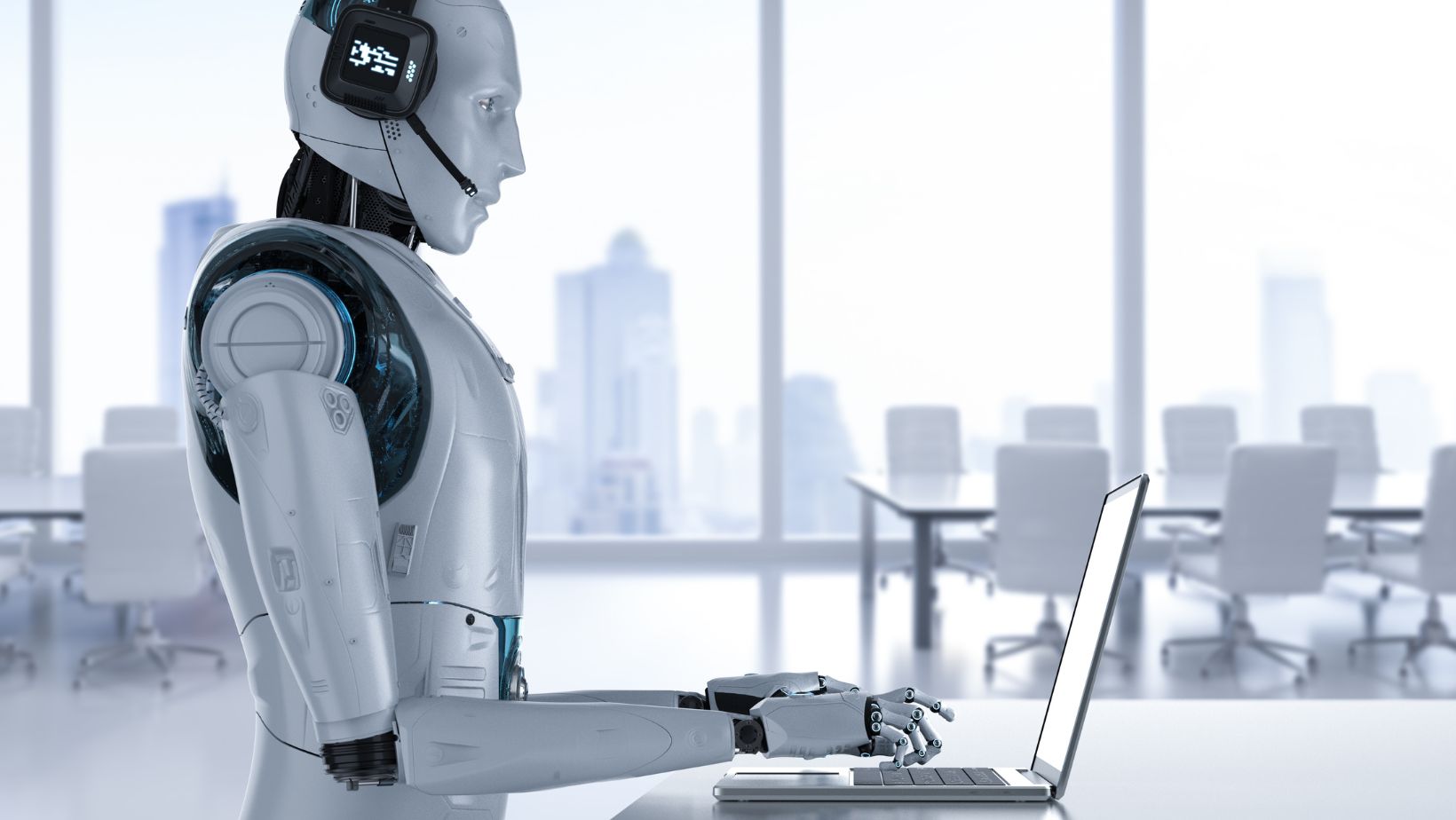 Artificial intelligence has been making headlines in the last few years as it increasingly finds itself working into mainstream consciousness. These systems have become synonymous with decreasing workloads for humans, and while misunderstanding is rife, the potential for change is practically unprecedented.
Artificial intelligence has been making headlines in the last few years as it increasingly finds itself working into mainstream consciousness. These systems have become synonymous with decreasing workloads for humans, and while misunderstanding is rife, the potential for change is practically unprecedented.
Taking a look at AI’s contributions in the realm of Hollywood-style visuals, we want to explore the advantages that AI brings and where it might fall short. Though the implementation of AI in Hollywood media creations is still in its infancy, this is a world with massive room for expansion, the implications of which are raising eyebrows.
The Generative Difference
Before looking at how AI is being implemented, it’s important to note that when media uses the term AI in contexts such as this, we’re talking about modern generative AI. This is the type of artificial intelligence that is capable of advanced visual design work, such as creating images, models, and mock-ups from its library of millions of examples.
Traditionally, AI is far simpler than its modern generative cousins. The strict definition is a form of technology that can perform any tasks a person can manage, only with digital input and computer systems instead of human thinking. This can range from basic tasks like sorting files alphabetically to advanced mathematical work, and it’s been used as a tool in all computer use since the 1940s. Generative AI is a contemporary example of creative versions of this tech, but it’s still not capable of the true computer thinking we see in science fiction movies like The Matrix.
Mainstream and Smaller Efforts
Generative AI’s use in Hollywood isn’t yet powerful enough to cover many jobs like directing, but they do excel at creating basic content. Some of the best examples are in developing textures for use in computer graphics. These can be tedious and slow to create by hand, but generative AI can speed the process considerably. This frees up time and resources for what is an increasingly time-constrained arm of the industry.
Another use we’ve already seen for more mixed results is the use of image creation tools for posters and printed images to use as props. Using systems like Midjourney can again provide a strong base from which to work. While editing is still extremely important thanks to AI’s issues with fine details like hands, it’s still a lot faster than starting with a completely blank slate.

Outside of Hollywood directly, any media platform that requires images could benefit from AI’s input. A coincidentally strong example could be found in the Hollywood Casino, where people go to deal bonuses like deposit matches and free spins. Like a lot of Hollywood, this company doesn’t use AI yet, but it could in the future for adapting graphics to all the different supported mobile and desktop systems. Here, generative AI could work in conjunction with existing AI safety testing tools to streamline content creation while maintaining the human oversight required to ensure the highest levels of quality.
A Testing Ground
As AI continues to find ground in Hollywood’s graphics toolkit, there’s still a long way to go before it comes standard.

The training of AI systems can be questionable, and while it’s rarely contentious when being used for simpler generative tasks, it has been criticized in more complicated implementations. Missing simple details that a human would never take a viewer out of the world, and without regulation, these issues will only become more common.
What we’re seeing right now in Hollywood is a kind of testing ground for a new technology to see what in AI works and what doesn’t. The next few years are going to shape the industry for decades to come, and for anyone interested in movies or design, this is going to be a process to watch closely.






